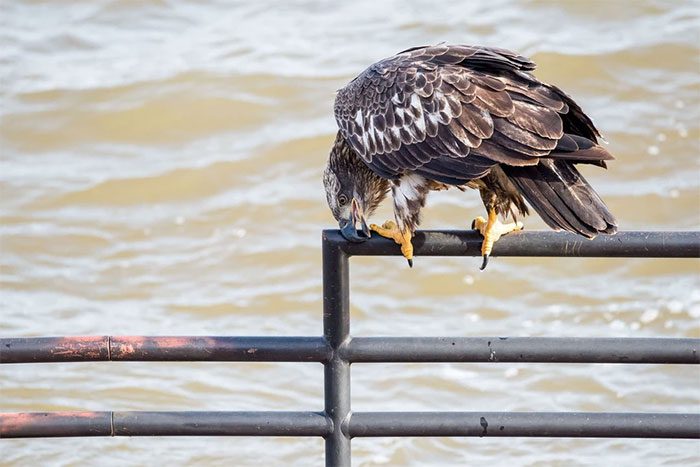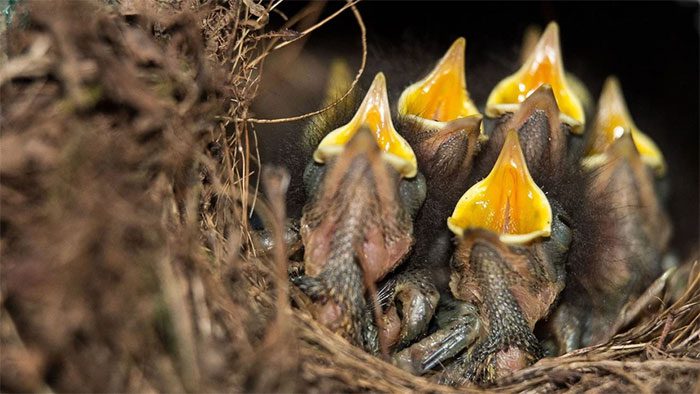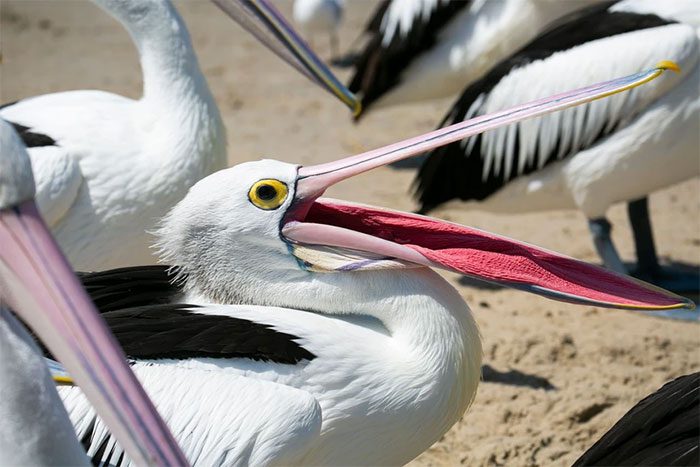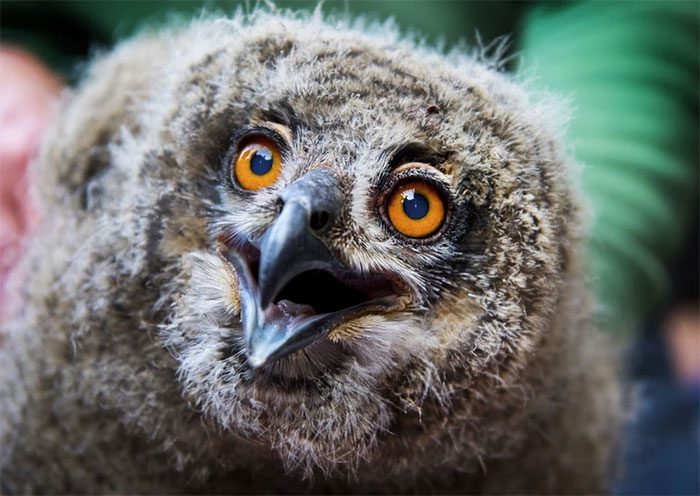As one of the most diverse animal species on Earth, the unique characteristics of birds have attracted the attention of countless scholars and enthusiasts. However, upon closer observation of various bird species, a perplexing mystery arises: Why do birds have no teeth?
The Reason Birds Lack Teeth: The Evolution of Beaks to Meet Their Dietary Needs
Different bird species have varied feeding habits; some eat insects, others consume seeds and fruits, while some feast on fish and small mammals. The characteristics of these food types differ, requiring birds to adapt their eating methods accordingly.
Teeth serve the purpose of chewing and grinding food in the animal kingdom; however, birds do not need teeth to chew their food. Instead, they use their beaks to catch, tear, separate, and pierce their food. The structure of a bird’s beak is highly diverse and adapted to various feeding techniques.
Some bird species have elongated beaks with sharp and strong tips designed for catching insects and other small invertebrates. This type of beak can quickly pierce prey, preventing it from struggling to escape. Conversely, some birds possess long and slender beaks suitable for probing nectar, tracking insects, or hunting. These beaks have excellent sensitivity and accuracy.

The vulnerability of teeth is one of the main reasons birds lack them. If birds had teeth, hard foods could cause their teeth to break or wear down, thereby affecting their normal eating and digestion.
Some bird species possess strong beaks for cutting hard fruits and seeds. Their beaks resemble a pair of pliers that can easily cut food into smaller pieces for consumption. During this process, there is no need to rely on teeth. Additionally, birds can utilize the movement and shape of their tongues to adjust the position of food in their mouths, aiding in better swallowing.
Teeth Would Increase Birds’ Weight and Affect Their Flying Ability
Small birds with lightweight feathers enable them to fly high. However, if birds had teeth, their weight would increase, becoming a burden on their flying capacity. Teeth require support from the surrounding dental and bone structures, which would add to the bird’s overall weight. In contrast, the beaks of birds are lightweight yet strong, facilitating easier food collection. This lightweight beak design allows birds to fly more efficiently.

Birds use the structure of their mouths to process various food types. For example, a bird’s beak can come in many shapes and sizes to accommodate different dietary needs. This special adaptation of the mouth allows them to quickly grasp and digest a variety of foods, thereby increasing their survival rate.
Birds’ foraging habits also dictate their lack of need for teeth. Most bird species consume foods like seeds, fruits, and insects that are relatively easy to chew and do not require teeth for grinding. Conversely, the stomach structure of birds has evolved over time to allow them to mix food with gastric juices for digestion. Birds also possess an epidermal layer similar to teeth on the esophageal lining that helps filter food.
The seemingly simple structure of teeth also conceals complex issues. Bird skulls are relatively lightweight and cannot support teeth. In contrast, a bird’s jaw comprises the entire beak, a lighter design that suits their lifestyle.

Most birds always regard flying as their primary means of survival, and having teeth could increase their weight and drag, making flight more difficult. Conversely, birds can reduce drag while flying better and enhance flight efficiency by developing lightweight and strong beaks. This natural selection allows toothless birds to fly faster in the sky, catch food, and escape predators.

The absence of teeth in birds is also related to their unique digestive system. The mouth is where the digestive process begins, and teeth in other animals function to crush food. However, the digestive system of birds has evolved to adapt better to the lack of teeth. Some bird species have a specialized stomach structure that allows them to swallow prey without the need for teeth to grind it. Simultaneously, birds’ digestive systems also include mechanisms that help crush and digest food. This adaptation allows birds to efficiently digest various foods without teeth.

Birds’ chewing behavior also differs from that of other animals. Mammals chew through the bites of their teeth, while birds process food through muscle movement. They utilize powerful jaw muscles and the flexibility of their tongues to push food down their throats, where the digestive system can handle it. This unique chewing method eliminates the need for teeth.
The remarkable evolutionary mystery of toothless birds has captivated many scientists, who hope to illuminate this mystery by studying genes, embryonic development, and the fossil records of birds. Whether adhering to hunting strategies or adapting to specific environments, birds rapidly evolve in their unique ways. This magnificent process leaves us in awe of the diversity and adaptability of nature while providing deeper insights into the mysteries of life.


















































